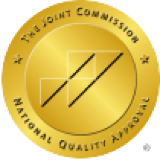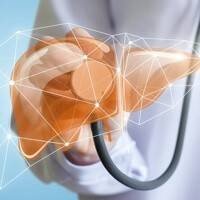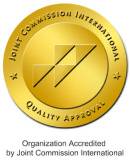Epidemiology
According to Department of Health statistics, 14,463 people were hospitalized for gallstones and cholecystitis in Hong Kong in 2017. Of those, 75 patients died.
What are Gallstones?
The gallbladder is responsible for storing bile produced by the liver. Bile is composed of bile acids and salts, cholesterol, lecithin, and other constituents, and in the event this composition becomes unbalanced, hardened deposits may begin to form in the gallbladder, which may accumulate to eventually become gallstones.
Symptoms
A common symptom of gallstones is pain and bloating in the upper abdomen which intensifies after meals, especially if greasy foods have been consumed. The pain is often more severe on the right side, and may even extend towards the back, causing nausea and vomiting. If the gallbladder is infected or inflamed, the patient will experience pain in the upper right portion of the abdomen.
Gallstones that move into the bile duct and become lodged there may cause inflammation, jaundice, and even severe, life-threatening, inflammation of the pancreas.
Causes + Risk Factors
When the composition of bile becomes unbalanced, gallstones may form. Common causes include poor eating habits and family history of the disease. Depending on the cause, gallstones are generally divided into the following types:
- Cholesterol stones: these stones form as a result of high cholesterol or bile salt deficiency, which may be related to high-calorie, high-cholesterol diets
- Pigment stones: these stones form when bile contains too much bilirubin and are commonly seen in patients with hemolytic disease or bacterial/parasitic infection
- Mixed stones: these are the most common type of gallstone and are caused by a combination of the two factors above
Risk Factors
- Female
- Excessive consumption of oil-rich, high-cholesterol foods
- Age
- Obesity
- Family history
- Pregnancy
How are Gallstones Diagnosed? + Treatment
Doctors may conduct an ultrasound to examine the gallbladder, gallstones, and bile duct and determine the severity of a patient’s condition. If necessary, patients may be advised to undergo blood tests and MRI scans, which will enable doctors to more carefully examine the surrounding organs for complications.
Treatment
For over 95% of gallstone patients, treatment generally involves removal of the gallbladder through minimally invasive surgery. Use of medication or gallbladder drainage are only considered if a patient is deemed an unsuitable candidate for general anesthesia, which is required for gallbladder surgery. Nevertheless, the best treatment option for gallstones remains surgical removal of the gallbladder, which helps prevent further complications caused by recurrent gallstones.
| Medication | Patients may take medications to dissolve gallstones, but the effectiveness of this method depends on the composition of the gallstones and the ability of the gallbladder to absorb and respond to medication. In addition, the biliary tract must not be obstructed to allow for passing of the dissolved gallstones. This method of treatment is rarely used as once treatment stops, gallstones may form again due to histopathological changes that have already taken place in the gallbladder mucosa. |
|
Minimally Invasive Cholecystectomy |
Through a few small incisions of about one centimeter or smaller in the patient’s abdomen, the doctor inserts an endoscope and surgical instruments and removes the gallbladder. The advantages to this type of surgery include smaller wounds and less blood loss, which help minimize pain and risk of infection for patients. Patients are generally discharged from hospital two days after the procedure. |
|
Minimally Invasive Single Port Cholecystectomy |
The surgery is performed via an incision in the navel of about two to three centimeters in length, through which an endoscope and surgical instruments are inserted to facilitate removal of the gallbladder. The small wound size not only allows for quicker recovery compared to traditional surgery and a lower risk of bacterial infection, but also leaves minimal scarring that is nearly undetectable after recovery. Most patients are able to resume eating the same day, and may be discharged within one to two days after the procedure. |
|
Surgery |
Traditional surgical wounds generally take longer to heal. |



















